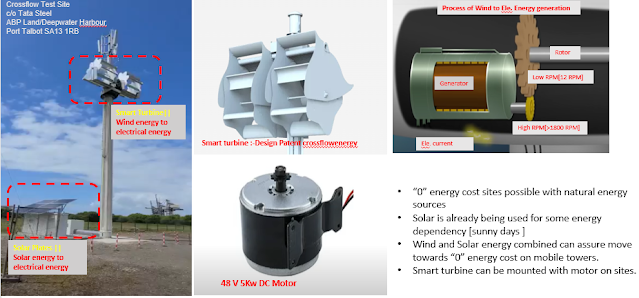We are not operating on single RAT!!!!!!! Invitation of IMD[ intermodulation distortion] When multiple air interface technologies coexist, mutual interference will inevitably occur between different working frequency bands (for the same device, we call this interference “self-interference (SI)”) As a typical heterogeneous network, the fifth generation (5G) mobile communication system must be compatible with existing technologies (such as Long-Term Evolution (LTE)) and support multiple types of 5G New Radio (5G NR) so SI will came in picture everywhere As device is same and its competible for multi RAT then it creates Harmonics as a result of SI Even/Odd Harmonics Intermodulation (IM) or intermodulation distortion (IMD) is the amplitude modulation of signals containing two or more different frequencies, caused by nonlinearities or time variance in a system. The intermodulation between frequency components will form additional components at frequencies that are not just at harmonic fre




